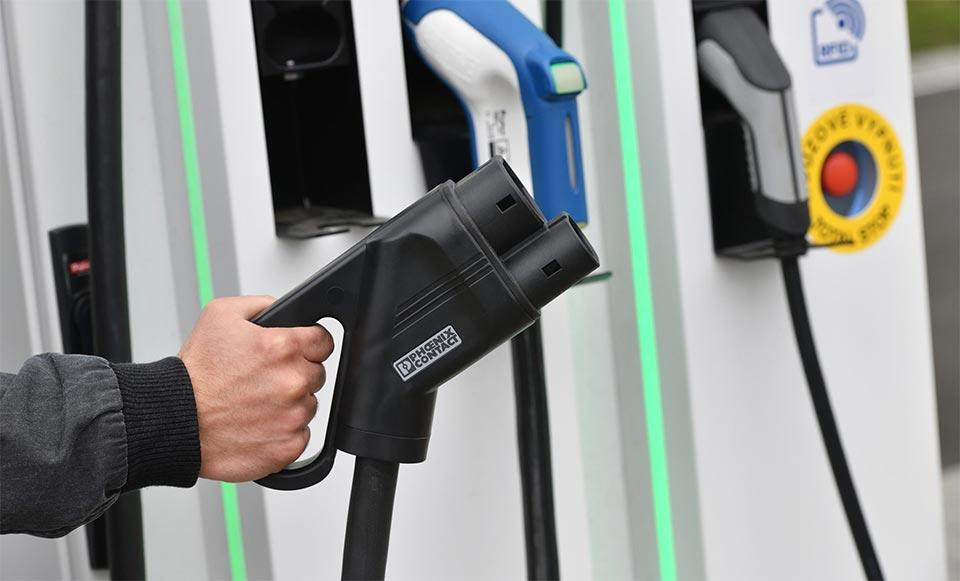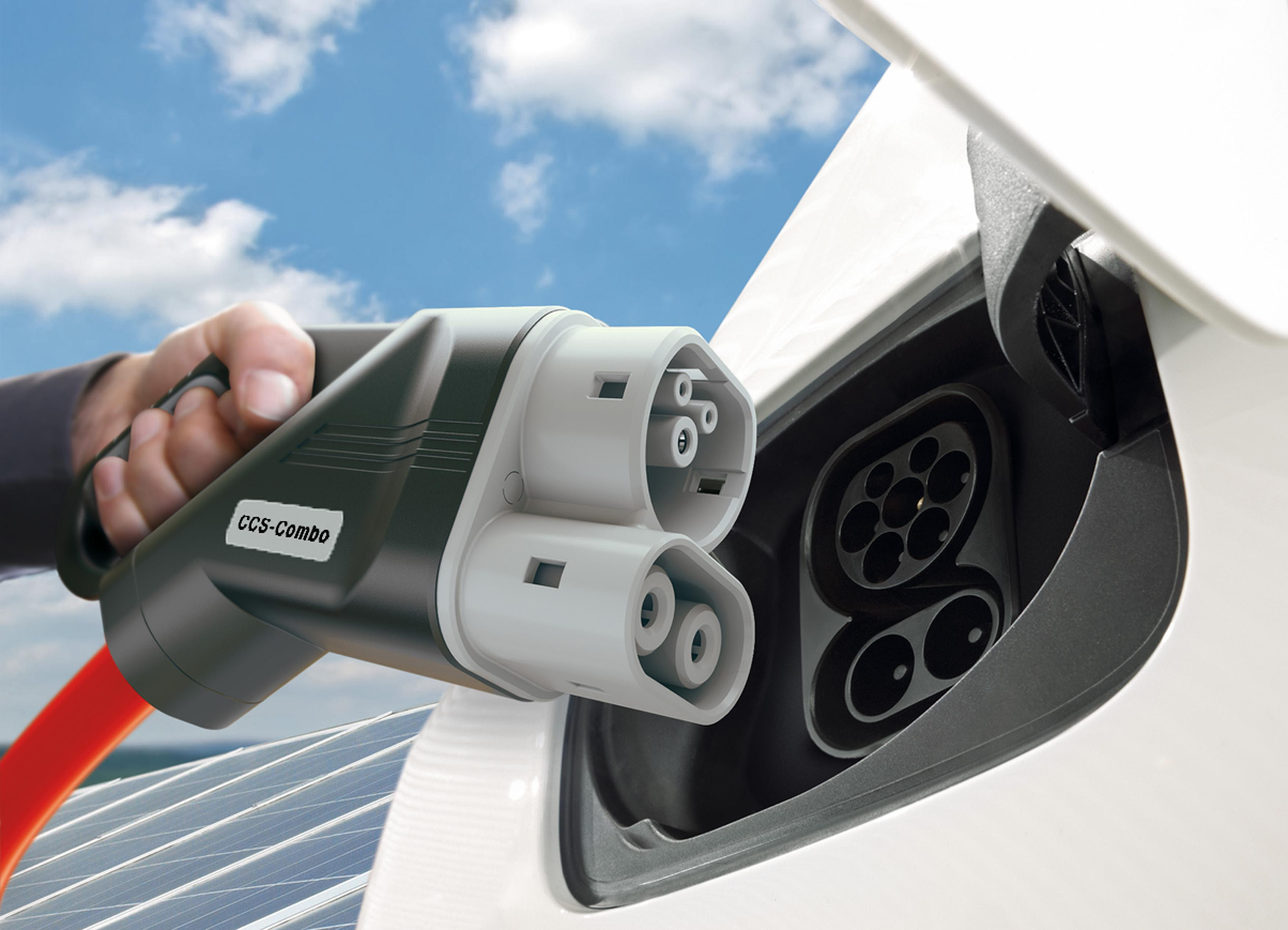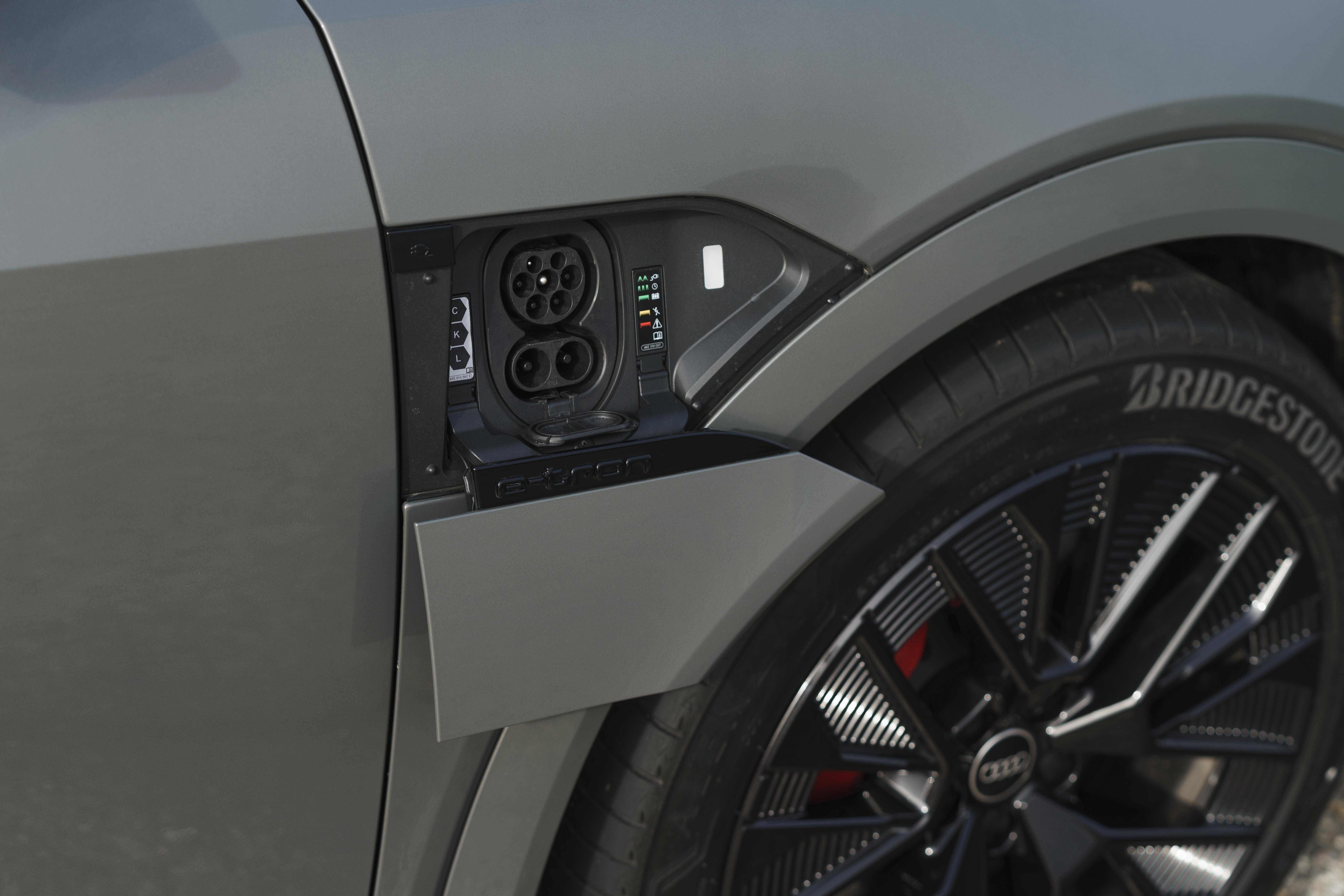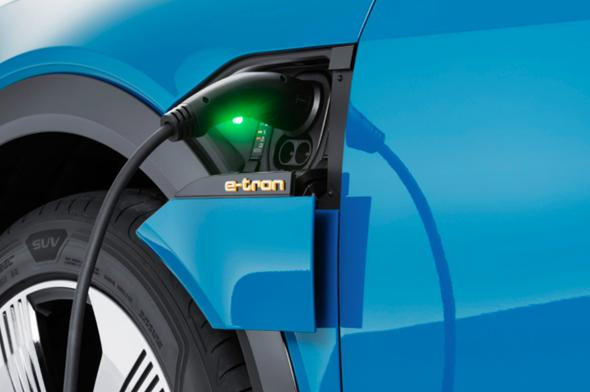Electric Car Charger Types - What Do I Need To Know?

Electric car charger types: What do I need to know?
The electric car segment is one which is packed with technology. In the past few years, charging technology has really ramped up, enabling shorter stops and faster top-ups for those who are using an electric car.
But if you’re considering an electric car, what do you need to know about charging it up? Here, we’ve got all the information you need about charging up an electric car.
Different types of connectors:
CCS charging provides speedy top-ups

The majority of electric cars on sale these days offer either Type 2 or CCS charging connectors - and some have both. The Type 2 connection provides a slower rate of charge and it’s often the one you’ll see used on overnight charging stations. CCS, meanwhile, is a rapid charge connector and it’s the one you’ll use when you want the best possible charging speed.
Some earlier EVs, notably the Nissan Leaf, used a connector called CHAdeMO, but this has largely been replaced by Type 2 and CCS connectors.
Speed
Speed is the name of the game when it comes to electric car charging. It’s all rated in kilowatts - or kW - and the higher the number before that, the faster the rate of charge. If you plugged in via a three-pin plug, for example, you’d be getting around 2.3kW - which is slow and will mean it’ll take quite a while to charge up a standard EV.
Switch to a 7kW unit - referred to as a ‘fast’ charger and most commonly fitted to homes and overnight stopovers - and this will be quick enough to fully charge an EV overnight. They’re best for when time isn’t of the essence.
‘Rapid’ chargers are ones which deliver over 50kW of charging speed and are quite common across the UK, while ‘Ultra Rapid’ ones which can charge at speeds of over 125kW are great for when you need a lot of charge quickly. They’re a little less common, however.
Charge rating
Different EVs have different charge ratings

It’s worth remembering that each electric car comes with a charge rating. This references the maximum rate of charge that it can accept. For example, if a car is rated to charge at speeds of up to 50kW, then that’s the maximum it’ll accept - even if you plug it into a more powerful charging unit.
If you did so - even if it was a 125kW unit - then the most you’d get out of it is 50kW.
Research
If you’re interested in finding out a charger’s speed before you visit it, then we’d recommend downloading Zap-Map or you can open Charge Map and search for chargers nearest to your location. Both are the UK’s most popular electric mapping services, they've got loads of information about charger locations, their prices and the type of speed they offer.
They are available via a smartphone app or a desktop page, too, so you’re able to do a little bit of research on your computer prior to setting off if that’s more convenient.
Payment
Payment is a point of contention for electric car chargers. By law, all new units must have contactless payment capability, so newer units should be easy to pay for. However, many existing units require you to access them via an app. Fortunately, many of these are easy to download and use, but it’s worth bearing in mind prior to setting off.
You’ll be able to see how much the charger costs via Zap-Map, too, though many units will display the price - which will come in £p/kWh - so you can see how much you’ll be paying before you start charging.
Charging to 100%
Most electric cars - with very few exceptions - are designed to be charged up to 80 per cent of their battery capacity. Doing so preserves the battery, though you’re still able to charge to 100 per cent if you’ve got a long journey on the cards.
It’s worth mentioning that most electric cars maintain their quickest rate of charge up to that 80 per cent mark, too. So, if you’re plugged into a rapid charger, you might notice that it’s speedy to charge up to 80 per cent, but will then quickly slow down beyond that point. In most instances, it’s best to unplug from the charger at this point as it’ll take a good while to eventually reach 100 per cent charge.
Etiquette
It's always worth thinking of others when charging up

Though much of it is self-explanatory, brushing up on charging etiquette is a good idea. For example, it’s not best practice to wait at a rapid charger after your car has bypassed 80 per cent charge - you should disconnect and allow another driver to use it.
Likewise, you should make sure that you’ve parked in a way which allows another user to charge with a cable on the other side of the machine. Plus, never leave your car on full and connected to a charger - it’s simply taking up a charge point that someone else could be using.
If you would like to find out more information on Real World Range, Charge Times, Battery & Plug Types and UK Charge Points Mapping, click on the tabs featured on all derivatives on My Electric Lease or if you want to order a new charging point for your home from just £22.50 per month, visit https://www.myelectriclease.co... for further details.


















